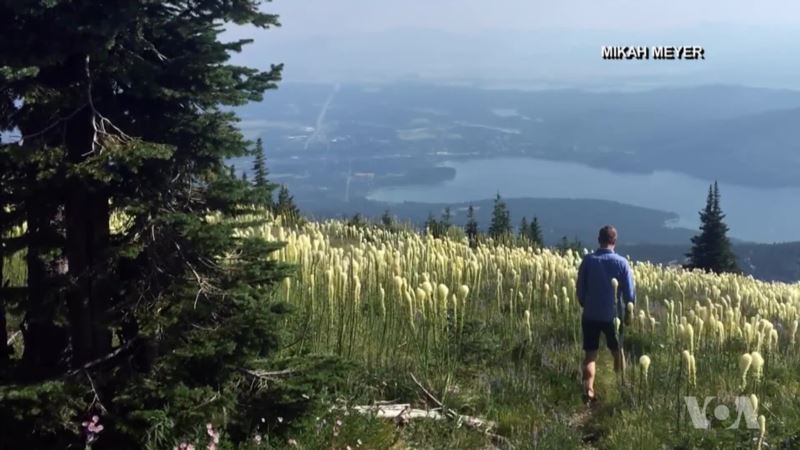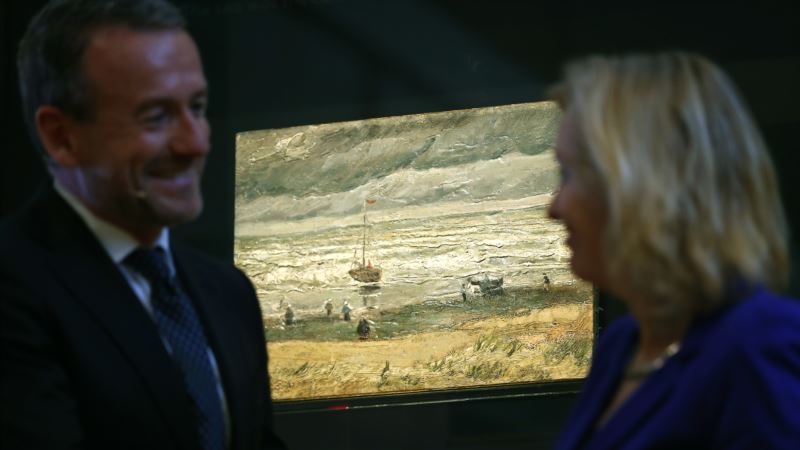There was a time — in this northwest corner of Montana — when glaciers ruled the land. Crown of the Continent The abundance of the massive rivers of ice — and their runoff — created “a land of striking scenery.” That's how American anthropologist, historian, naturalist and writer George Bird Grinnell described Glacier National Park, nine years before the land was set aside as a national park on May 11, 1910. Today, there are far fewer icy behemoths. And they’re all shrinking. “There are currently 26 glaciers in Glacier National Park,” says national parks traveler Mikah Meyer. “I can't remember the exact number that there were when it was founded but it was vastly higher,” he added. “The glaciers are melting and the snowfall is not restoring their size in the way that they have in past years." Melting glaciers But the glaciers – both those long gone and those that still remain — have left their mark. As they started melting 10,000 years ago, they carved out majestic mountains, lush valleys, and pristine lakes. Glacial waters are the headwaters for streams that flow west to the Pacific Ocean, south to the Gulf of Mexico, and east across the continent to Hudson's Bay, according to the National Park Service. It emphasizes that that runoff “affects waters in a huge section of North America.” With more than 760 lakes and nearly half a million hectares of parkland, it’s easy to see why Mikah has returned. “Five years ago I stood on this exact same spot; at the end of the dock on Lake McDonald in Glacier National Park,” he said as he stood in front of a landscape so serene, it could have passed as a painting. “It was one of my first experiences with the National Park Service site and I was hooked,” he admitted. Waters from those melting glaciers also feed Iceberg Lake — another popular attraction in the park. “It is very cold and very windy and lots of little icebergs floating back there by the snow,” Mikah said as he braved the winds to capture the scene with his camera. But despite the cold, nearby wildflowers were in full bloom, creating a pastoral setting. As Mikah walked through a field of bear grass, he said he felt like he was “in some fairytale land.” The elegant white blossoms are a common wildflower in Glacier National Park, which this year grew in prolific numbers. They provided a perfect environment to view the local wildlife, including deer, moose, marmots and mountain goats. Generous tour companies Mikah got lucky when several tour companies offered him a chance to explore the park from a variety of perspectives. With Red Bus Tours, Mikah got a nice overview of the park from their vintage 1930s buses. “It's a massive park — it takes an hour and a half just to cross it,” he noted. “So it's a guided tour that allows you to focus on looking at the beauty of the park instead of having to stay on these tiny mountain roads.” Swan Mountain Outfitters donated a horseback tour for an eight-hour trek to Cracker Lake, an eye-popping turquoise body of water which is also fed by melting glacial waters. Mikah described the scene: “You crest over this hill on the horses and you're in the middle, surrounded by bear grass and trees and flowers and these large gray mountains in the background, and it just pops like nothing else.” And thanks to Montana Whitewater Rafting, Mikah got to experience those glacial waters up close during a rafting tour on the Middle Fork River — a 150-kilometer river in western Montana that forms the southwestern boundary of the park. “It was a very clear river,” Mikah said, since the water was a combination of glacier melt and snow runoff. “So you could see down through the water to the bottom, see the rocks, and the fish, so very pure, very clear water.” Mikah was pleased to have experienced the park from the depths of the water as well as from the top of a ski lift where he could see “where it all started.” Mikah, who’s on a mission to visit all 417 national parks in the U.S., says he hopes to come back again one day, even if the glaciers are gone. “Even if the physical glaciers don't still exist because they melted away, it can still be Glacier National Park because that's what created this amazing landscape.” Mikah invites you to follow him on his epic journey by visiting him on his website MikahMeyer.com, Facebook, Instagram, Twitter and YouTube.
Glacier National Park Offers More Than Glaciers






